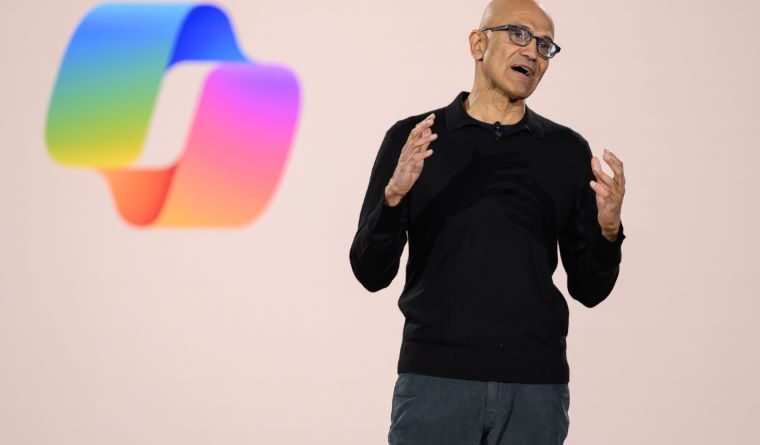Microsoft Cuts 15,000 Roles in Major AI‑Driven Restructuring
In one of the largest corporate restructuring moves of the year, Microsoft has laid off approximately 15,000 employees globally in 2025. This includes a significant wave of about 9,000 jobs cut in July alone. The layoffs, though unexpected in scale, come at a time when the company is witnessing substantial profits and investing heavily in AI and cloud infrastructure.
Nadella’s Memo: The “Enigma of Success”
Microsoft CEO Satya Nadella addressed the layoffs in an internal memo to employees. Acknowledging the emotional toll and complexity of the decision, Nadella described it as “weighing heavily” on him. He explained that even amid financial success and technological progress, workforce realignment was essential to remain competitive and focused.
He referred to this situation as the “enigma of success”—a paradox where strong financial performance coexists with difficult organizational changes. The memo emphasized Microsoft’s need to unlearn outdated models and adapt to new AI-first realities shaping the tech world.
Why the Layoffs?
The company is transitioning from being primarily a software-focused entity to becoming a global intelligence infrastructure provider. With massive investments in artificial intelligence, cloud data centers, and automation, Microsoft is reallocating resources toward roles and functions that align with future demands.
Key drivers behind the layoffs include:
- Streamlining management layers
- Eliminating role duplication
- Reallocating human capital to AI and cloud-based roles
- Accelerating product development in emerging technologies
While Microsoft continues to hire in areas like AI research, data science, and cybersecurity, the roles deemed redundant or less aligned with the company’s strategic direction have been phased out.
Financial Context
Despite the job cuts, Microsoft has reported record-breaking earnings. Its net income over recent quarters has surged past $75 billion, with the company investing over $80 billion in AI and infrastructure development. The stock has risen more than 20% year-over-year.
This financial strength has caused confusion and concern among both employees and industry observers, who question why layoffs are occurring during a period of growth. Microsoft leadership maintains that the layoffs are not a reflection of weakness but a recalibration for future resilience.
Areas Affected
The restructuring has impacted multiple divisions, including:
- Engineering teams
- Gaming/Xbox studios
- Sales and support functions
- Product development teams
Several projects, particularly in the gaming division, have been scaled back or shelved. However, Microsoft insists this is part of a broader efficiency plan aimed at optimizing resources.
Employee Reaction and Public Response
The layoffs have triggered mixed responses. While some employees understood the strategic intent, others expressed dismay, especially given Microsoft’s strong performance and positive workplace reputation. Concerns were raised about how such deep cuts could affect morale, innovation, and trust within the organization.
Some critics argued that the layoffs reflect a shift in corporate culture—moving from a people-first approach to a more metrics-driven one. The contrasting narrative of record profits and mass layoffs has sparked debate over the ethical dimensions of workforce management in the AI age.
Final Thoughts
Microsoft’s recent layoffs reflect a larger trend across the tech industry, where automation and AI integration are redefining job roles. While the company positions these decisions as necessary for long-term growth, they also highlight the complexities of modern corporate strategy—where technological advancement often comes with difficult human trade-offs.
For Microsoft, the focus now is on navigating this transition thoughtfully, maintaining trust among its remaining employees, and ensuring that its ambitious goals in AI and innovation are supported by a strong, motivated workforce.

